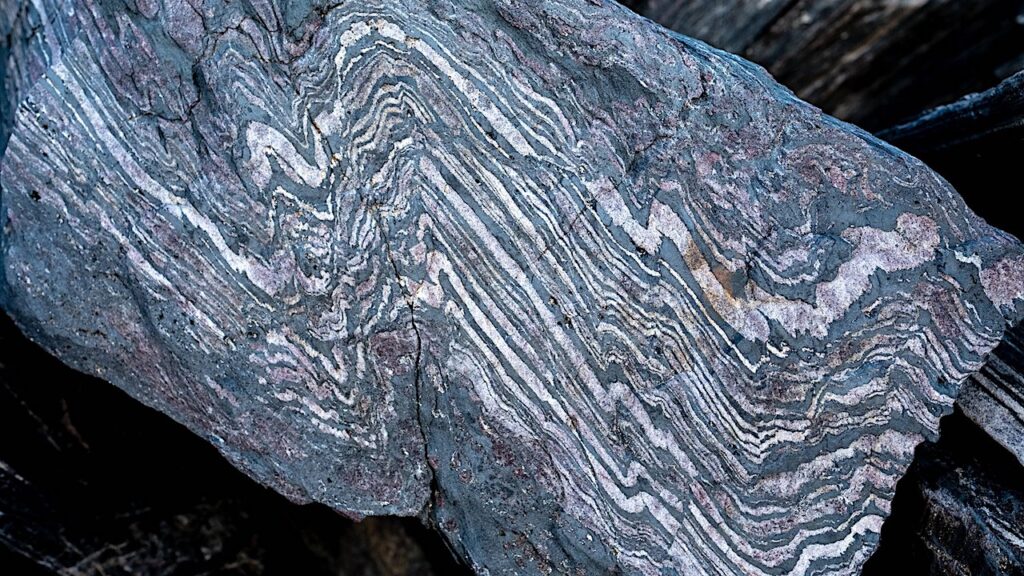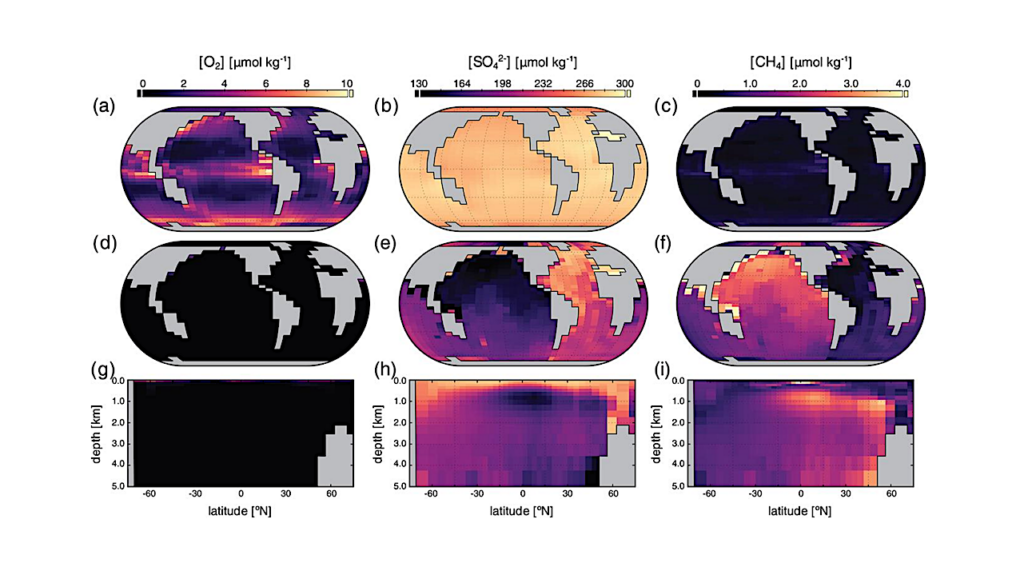Spectroscopic Monitoring Of M dwarf Gl 514. A Super-Earth On An Eccentric Orbit Moving In And Out Of The Habitable Zone

We investigated the presence of planetary companions around the nearby (7.6 pc) and bright (V=9 mag) early-type M dwarf Gl 514, analysing 540 radial velocities collected over nearly 25 years with the HIRES, HARPS, and CARMENES spectrographs.
The data are affected by time-correlated signals at the level of 2-3 ms−1 due to stellar activity, that we filtered out testing three different models based on Gaussian process regression. As a sanity cross-check, we repeated the analyses using HARPS radial velocities extracted with three different algorithms. We used HIRES radial velocities and Hipparcos-Gaia astrometry to put constraints on the presence of long-period companions, and we analysed TESS photometric data.
We found strong evidence that Gl 514 hosts a super-Earth on a likely eccentric orbit, residing in the conservative habitable zone for nearly 34% of its orbital period. The planet Gl 514 b has minimum mass mbsinib=5.2±0.9 MEarth, orbital period Pb=140.43±0.41 days, and eccentricity eb=0.45+0.15−0.14. No evidence for transits is found in the TESS light curve. There is no evidence for a longer period companion in the radial velocities and, based on astrometry, we can rule out a ∼0.2 MJup planet at a distance of ∼3−10 au, and massive giant planets/brown dwarfs out to several tens of au.
We discuss the possible presence of a second low-mass companion at a shorter distance from the host than Gl 514 b. Gl 514 b represents an interesting science case to study the habitability of planets on eccentric orbits.
We advocate for additional spectroscopic follow-up to get more accurate and precise planetary parameters. Further follow-up is also needed to investigate sub \ms and shorter period signals.
A Quarter Century of Spectroscopic Monitoring Of The Nearby M dwarf Gl 514. A Super-Earth On An Eccentric Orbit Moving In And Out Of The Habitable Zone
M. Damasso, M. Perger, J. M. Almenara, D. Nardiello, M. Pérez-Torres, A. Sozzetti, N. C. Hara, A. Quirrenbach, X. Bonfils, M. R. Zapatero Osorio, N. Astudillo-Defru, J. I. González Hernández, A. Suárez Mascareño, P. J. Amado, T. Forveille, J. Lillo-Box, Y. Alibert, J. A. Caballero, C. Cifuentes, X. Delfosse, P. Figueira, D. Galadí-Enríquez, A. P. Hatzes, Th. Henning, A. Kaminski, M. Mayor, F. Murgas, D. Montes, M. Pinamonti, A. Reiners, I. Ribas, V. J. S. Béjar, A. Schweitzer, M. Zechmeister
Comments: 34 pages, accepted for publication in Astronomy & Astrophysics
Subjects: Earth and Planetary Astrophysics (astro-ph.EP)
Cite as: arXiv:2204.06376 [astro-ph.EP] (or arXiv:2204.06376v1 [astro-ph.EP] for this version)
Submission history
From: Mario Damasso
[v1] Wed, 13 Apr 2022 13:35:26 UTC (13,686 KB)
https://arxiv.org/abs/2204.06376
Astrobiology,








